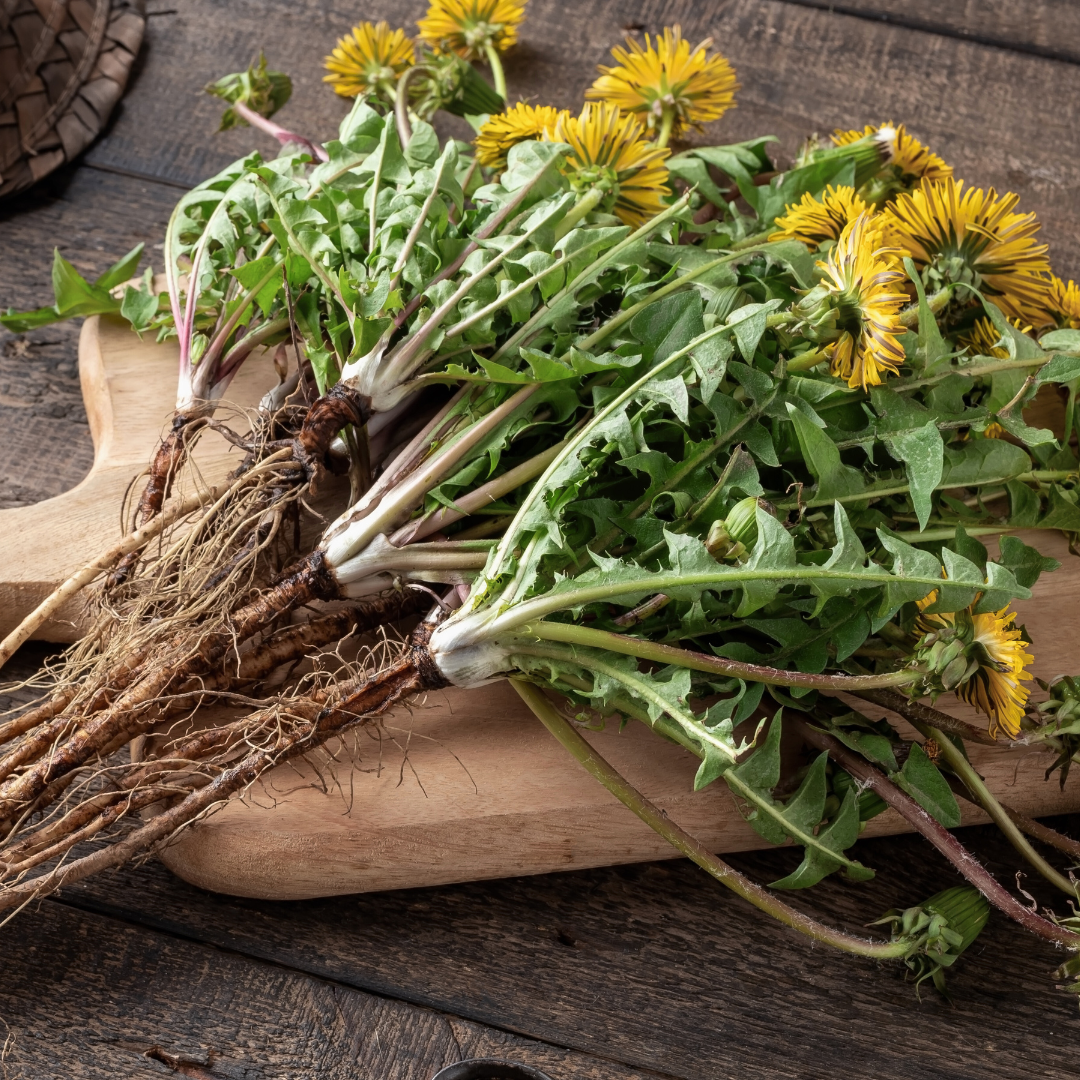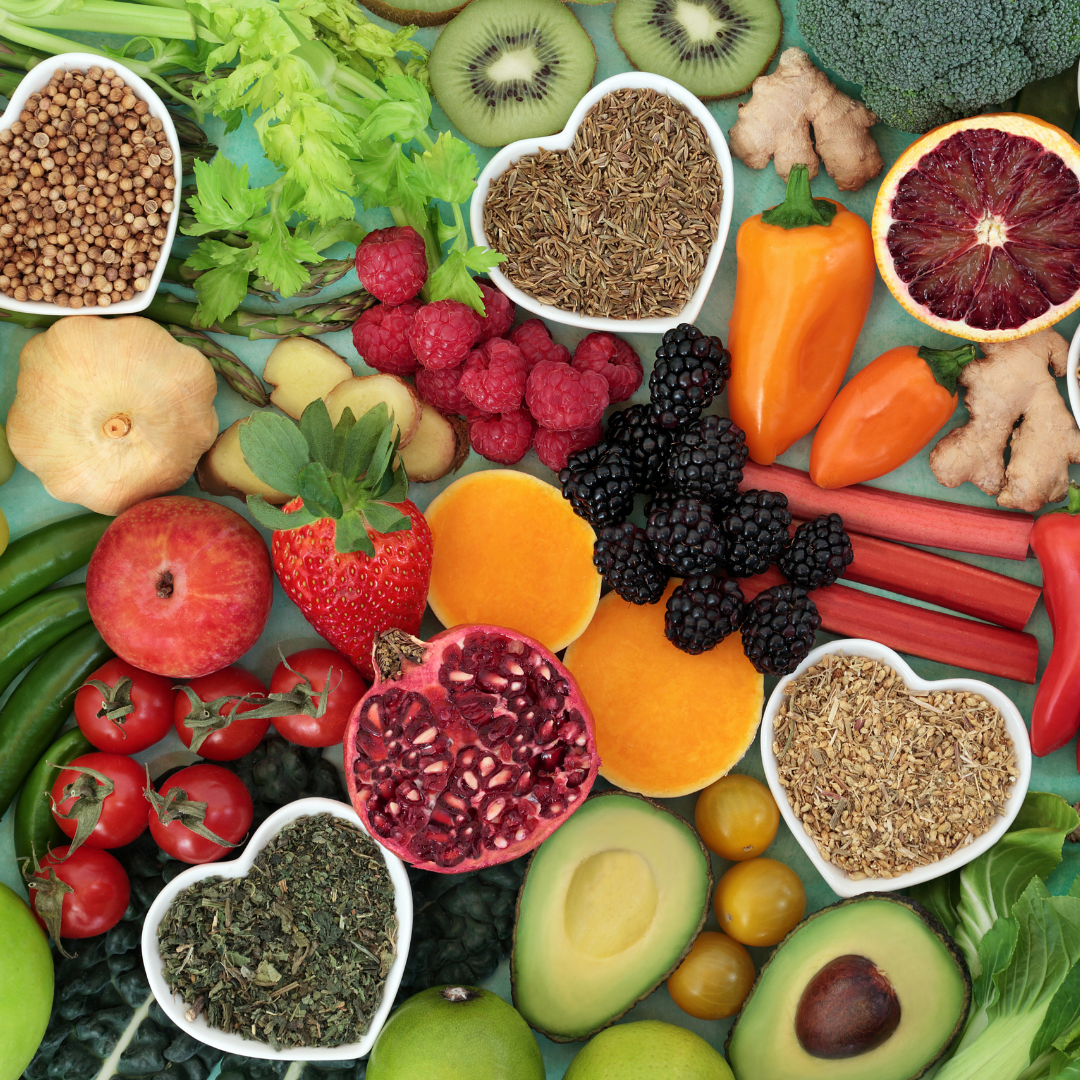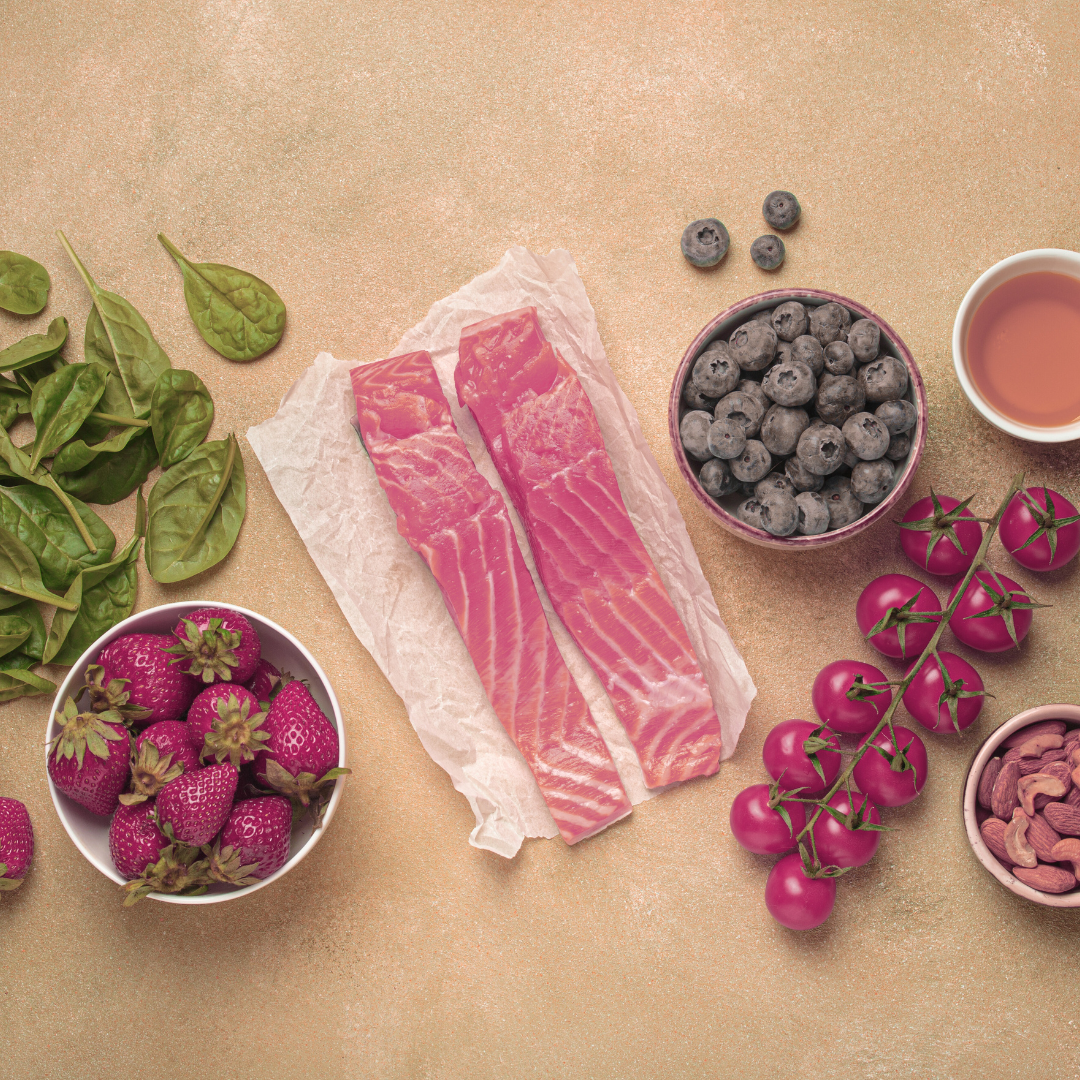Gluten-Free Veggie Flatbread with Low-Histamine Hummus – A Gut-Healthy Whole Food Lunch
A Low-Histamine Lunch That Nourishes and Satisfies
Finding a lunch that is flavorful, gentle on digestion, and safe for a low-histamine diet can feel challenging. Many store-bought options contain high-histamine ingredients such as aged vinegars, lemon juice, or fermented condiments. This gluten-free veggie flatbread with low-histamine hummus is a clean, whole food recipe that supports gut health and steady energy. Packed with fresh vegetables, plant-based fiber, and healthy fats, it is a low-histamine lunch you can enjoy regularly without sacrificing flavor or nutrition.
Why Low-Histamine and Gut Health Go Hand in Hand
Low-histamine meals can help reduce symptoms such as bloating, headaches, skin irritation, and fatigue in individuals who are sensitive to histamine. At the same time, gut health foods are essential for maintaining a balanced microbiome, which supports digestion, nutrient absorption, and immune function. Choosing whole food recipes with minimal processing and anti-inflammatory ingredients can calm the digestive system while feeding beneficial gut bacteria.
This gluten-free veggie flatbread uses a homemade low-histamine hummus made from freshly cooked chickpeas, avoiding common triggers like tahini, lemon juice, or vinegar. Paired with fresh vegetables and gluten-free flatbread, it provides fiber, antioxidants, and healthy fats that support gut barrier integrity and overall well-being.
“Freshly cooked chickpeas are lower in histamine than canned, making them ideal for a low-histamine hummus base.”
Recipe Snapshot
Total Time: 20–25 minutes
Yield: 2–3 servings
Why This Low-Histamine Lunch Supports Gut Health:
Made from whole food ingredients with minimal processing
Rich in fiber to support healthy digestion and microbiome balance
Contains antioxidants and healthy fats to reduce inflammation and stabilize energy
Ingredients for Gluten-Free Veggie Flatbread with Low-Histamine Hummus
Flatbread Base
2 gluten-free flatbreads or wraps (made from brown rice flour, almond flour, or cassava flour)
Low-Histamine Hummus
1 ½ cups freshly cooked chickpeas (avoid canned for lowest histamine content)
2 tablespoons extra-virgin olive oil
2 tablespoons water or fresh cucumber juice
½ teaspoon ground cumin (optional, if tolerated)
Pinch of sea salt
Fresh Vegetable Toppings
1 cup fresh spinach or baby greens
½ cup shredded carrot
½ cup thinly sliced cucumber
½ cup thinly sliced zucchini
¼ cup microgreens (optional)
Low-Histamine Option: Avoid tahini, lemon juice, and vinegar in the hummus. Use fresh herbs such as parsley or dill for flavor without histamine triggers.
Tools for Easy Preparation
Food processor or high-speed blender for smooth hummus texture
Cutting board and sharp chef’s knife for prepping vegetables
Step-by-Step Instructions
1. Prepare the Hummus
Place the cooked chickpeas, olive oil, water or cucumber juice, cumin if using, and sea salt in a food processor. Blend until smooth and creamy, adding more water if needed to reach your preferred consistency.
2. Warm the Flatbread
Heat gluten-free flatbreads in a dry skillet over medium heat for one to two minutes per side until they are soft and pliable.
3. Assemble the Flatbreads
Spread a generous layer of low-histamine hummus evenly over each flatbread.
4. Add the Vegetables
Top each flatbread with spinach, carrot, cucumber, zucchini, and microgreens. Arrange vegetables evenly so every bite contains a mix of flavors and textures.
5. Serve Fresh
Fold or roll the flatbread and serve immediately for the best flavor and nutrient content.
Variations for Different Needs
Extra Protein: Add sliced grilled chicken breast or hard-boiled eggs if tolerated.
Low-FODMAP: Use zucchini, cucumber, and lettuce while omitting chickpeas if sensitive.
More Flavor: Add fresh basil, parsley, or dill for a burst of freshness without histamine triggers.
Meal Prep and Storage Tips
Hummus Storage: Store low-histamine hummus in an airtight glass container in the refrigerator for up to three days.
Flatbread Assembly: For the best texture, assemble the flatbread just before eating.
Prep Ahead: Make hummus and chop vegetables in advance to save time during busy weekdays.
Why This Recipe Supports Gut Health
Chickpeas: Provide prebiotic fiber to feed beneficial gut bacteria and help maintain healthy bowel regularity. The fiber in chickpeas also helps stabilize blood sugar, which supports steady energy levels.
Fresh Vegetables: Contain vitamins, minerals, and antioxidants that protect gut lining health and reduce inflammation. Spinach offers magnesium and folate, carrots provide beta-carotene, and cucumbers hydrate the body.
Olive Oil: Supplies monounsaturated fats and polyphenols that help protect against oxidative stress and support healthy inflammatory responses.
Gluten-Free Flatbread: Avoiding gluten can help reduce digestive irritation in those with gluten sensitivity or celiac disease, making it a safer option for maintaining gut health.
Creating a Low-Histamine Lunch Routine
Building a routine of eating low-histamine lunches can help reduce symptoms and improve overall digestive health. This flatbread recipe fits easily into a weekly meal plan and offers a satisfying balance of protein, fiber, and healthy fats. By preparing components ahead of time, such as hummus and chopped vegetables, you can create quick and nourishing meals without resorting to processed options that may trigger symptoms.
“A variety of raw vegetables provides diverse plant fibers, which support a balanced gut microbiome.”
Final Encouragement and Call to Action
This gluten-free veggie flatbread with low-histamine hummus is more than a recipe—it is a template for a nourishing, gut-friendly meal you can enjoy regularly. By combining gut health foods in simple, whole food recipes, you can support both digestive health and overall well-being.
If you are looking for more ways to improve digestion, reduce inflammation, and increase energy, explore our Gut Health Reset and Nervous System Healing Code programs. These step-by-step guides help you uncover the root causes of gut issues and give you the tools to restore balance naturally.
Related Posts:































